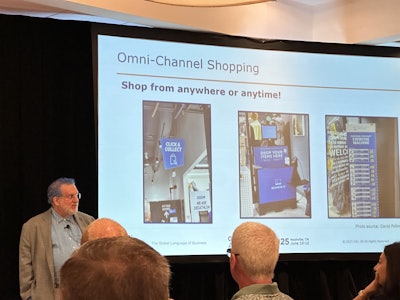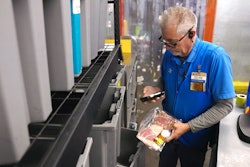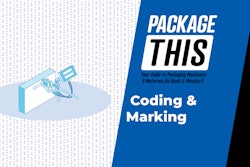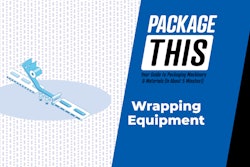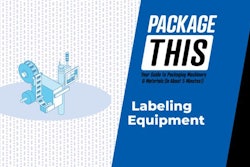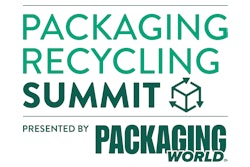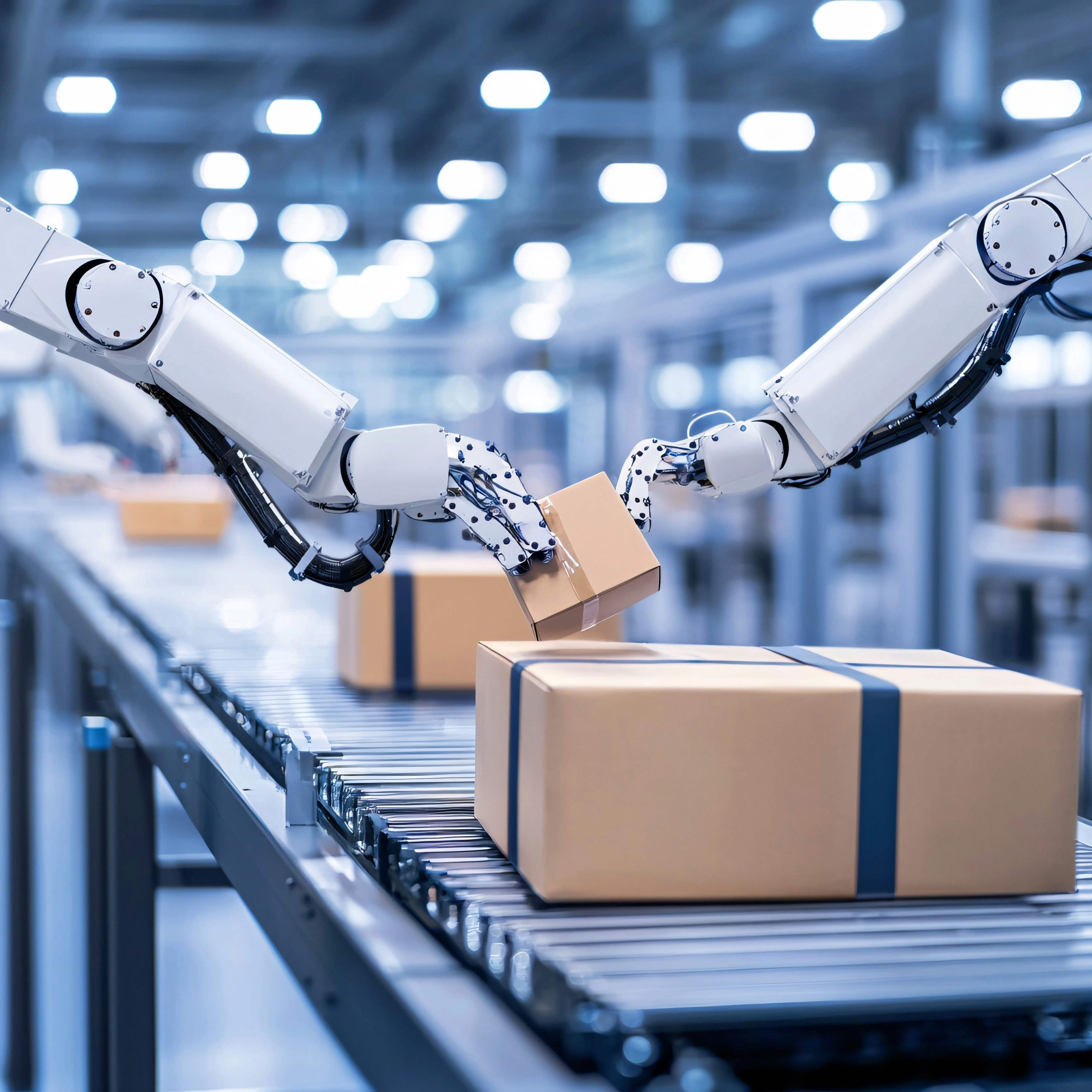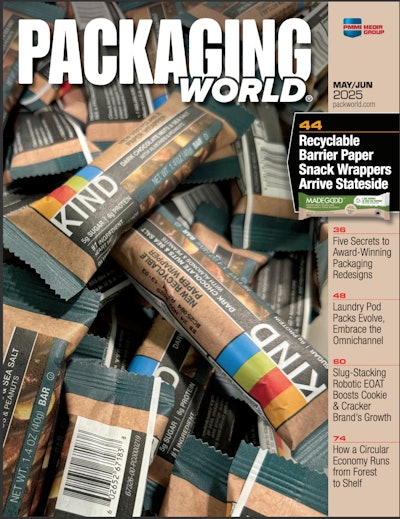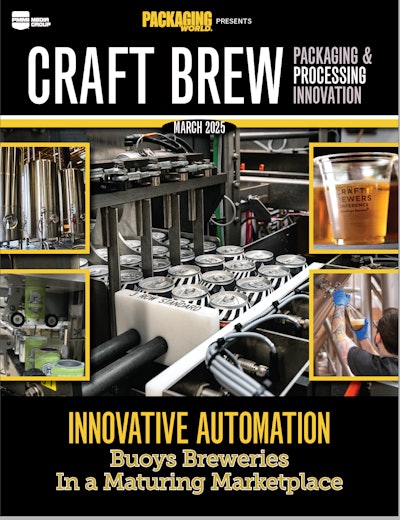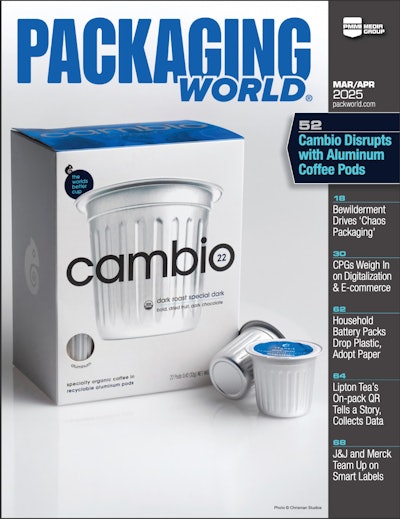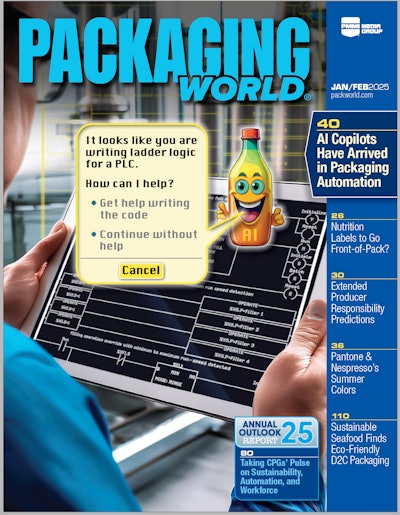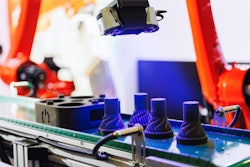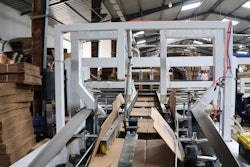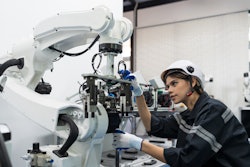Retail is undergoing a fundamental transformation. It’s no longer confined to physical aisles or digital carts. Instead, it’s becoming a layered, omnichannel experience—one that demands new thinking from brands, retailers, and packaging designers alike. At GS1 Amplify, David Polinchock of Brand Experience Lab made a compelling case for why this moment calls for more than just technology adoption: it calls for a deeper rethinking of the value exchange between shoppers and the brands they choose.
“Consumers don’t think in channels—they just shop,” Polinchock said. “Nobody says, ‘I can’t wait to go omnichannel today.’ They just want to buy what they want, when and how they want it.” That means whether they're interacting on TikTok, picking up curbside, or scanning in-store, the experience must be seamless and intuitive.
Technologies like AI, RFID, and augmented reality are reshaping the in-store experience, making it more efficient and more responsive. RFID-tagged products in Nespresso’s retail stores, for example, enable a grab-and-go model where consumers drop their selections in a bin, and the system instantly processes the purchase. Similarly, Sephora’s simple use of color-coded shopping baskets—one color signaling “I’d like assistance,” another “I’m good”—demonstrates that personalization doesn’t always require high tech. Sometimes, it’s about designing frictionless, human-centered choices.
But technology alone isn’t the differentiator—it’s how that technology is used to interpret consumer behavior and deliver something meaningful in return. Polinchock cautioned against superficial use of data. “Most people don’t know the difference between privacy and security,” he said. “They just want the value exchange to be in their favor.” Too often, he argued, brands ask for consumer data and give back little more than targeted ads. “When was the last time you said, ‘I wish I could get more targeted ads?’” he asked. “Consumers are fine sharing data—if it’s used right.”
Using it right means more than personalization for its own sake. It means synthesizing data across touchpoints to create unified profiles, smart recommendations, and adaptive environments—while also respecting context and consumer control. “If I’m sharing everything I do with a brand, and they still don’t know who I am, what’s the point?” Polinchock recalled his daughter saying. That’s the heart of the matter. Incomplete, outdated, or disconnected data doesn’t just waste a brand’s effort—it erodes consumer trust.
This insight should resonate strongly with CPGs and brand owners. As retailers transform their physical footprints into tech-enabled spaces, packaging becomes a vital digital interface. On-pack QR codes, embedded RFID chips, and AR-linked experiences are not optional extras—they are strategic assets in the data loop. Brands must design packaging not just to attract attention on the shelf, but to initiate digital conversations that span discovery, engagement, purchase, and loyalty.
To do this effectively, brands must also consider how to manage and analyze the data they collect from these interactions. What trends are emerging across retail locations? How are different demographics responding to on-pack prompts? Which store formats or campaign messages are driving higher engagement? The ability to connect these dots enables brands to refine not just marketing, but product development, fulfillment, and even pricing in ways that add value to everyone in the ecosystem: the consumer, the brand, and the retailer.
And importantly, that value must be tangible. “We need to captivate the audience, not capture them,” Polinchock said. “No one likes being captured. People in captivity always rise.” This ethos—experience over extraction—should guide how brands think about their role in the retail environment. Whether it's through immersive, social in-store moments or fast, no-contact checkout for replenishment shoppers, brands must offer choices that reflect how people actually live, shop, and connect.
Retail’s future is hybrid, personalized, and always evolving. For brands, that means the work doesn’t stop at the package—it starts there. And those who understand how to use data not just to track, but to serve, will be the ones who truly stand out.
